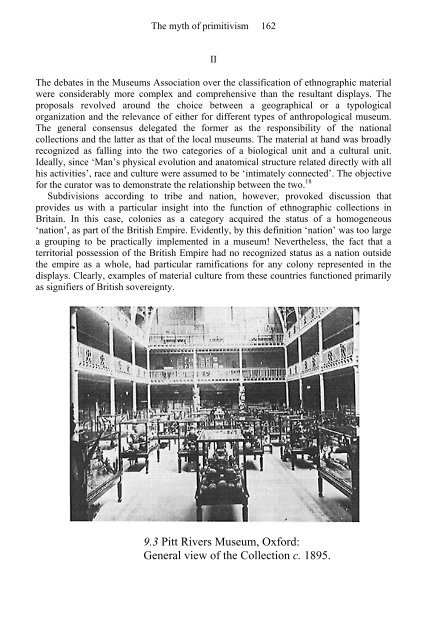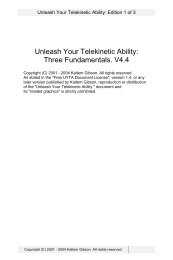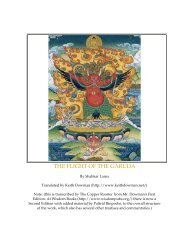Hiller - The Myth of Primitivism. Perspectives on Art - Esoteric Online
Hiller - The Myth of Primitivism. Perspectives on Art - Esoteric Online
Hiller - The Myth of Primitivism. Perspectives on Art - Esoteric Online
You also want an ePaper? Increase the reach of your titles
YUMPU automatically turns print PDFs into web optimized ePapers that Google loves.
<str<strong>on</strong>g>The</str<strong>on</strong>g> myth <str<strong>on</strong>g>of</str<strong>on</strong>g> primitivism 162<br />
II<br />
<str<strong>on</strong>g>The</str<strong>on</strong>g> debates in the Museums Associati<strong>on</strong> over the classificati<strong>on</strong> <str<strong>on</strong>g>of</str<strong>on</strong>g> ethnographic material<br />
were c<strong>on</strong>siderably more complex and comprehensive than the resultant displays. <str<strong>on</strong>g>The</str<strong>on</strong>g><br />
proposals revolved around the choice between a geographical or a typological<br />
organizati<strong>on</strong> and the relevance <str<strong>on</strong>g>of</str<strong>on</strong>g> either for different types <str<strong>on</strong>g>of</str<strong>on</strong>g> anthropological museum.<br />
<str<strong>on</strong>g>The</str<strong>on</strong>g> general c<strong>on</strong>sensus delegated the former as the resp<strong>on</strong>sibility <str<strong>on</strong>g>of</str<strong>on</strong>g> the nati<strong>on</strong>al<br />
collecti<strong>on</strong>s and the latter as that <str<strong>on</strong>g>of</str<strong>on</strong>g> the local museums. <str<strong>on</strong>g>The</str<strong>on</strong>g> material at hand was broadly<br />
recognized as falling into the two categories <str<strong>on</strong>g>of</str<strong>on</strong>g> a biological unit and a cultural unit.<br />
Ideally, since ‘Man’s physical evoluti<strong>on</strong> and anatomical structure related directly with all<br />
his activities’, race and culture were assumed to be ‘intimately c<strong>on</strong>nected’. <str<strong>on</strong>g>The</str<strong>on</strong>g> objective<br />
for the curator was to dem<strong>on</strong>strate the relati<strong>on</strong>ship between the two. 18<br />
Subdivisi<strong>on</strong>s according to tribe and nati<strong>on</strong>, however, provoked discussi<strong>on</strong> that<br />
provides us with a particular insight into the functi<strong>on</strong> <str<strong>on</strong>g>of</str<strong>on</strong>g> ethnographic collecti<strong>on</strong>s in<br />
Britain. In this case, col<strong>on</strong>ies as a category acquired the status <str<strong>on</strong>g>of</str<strong>on</strong>g> a homogeneous<br />
‘nati<strong>on</strong>’, as part <str<strong>on</strong>g>of</str<strong>on</strong>g> the British Empire. Evidently, by this definiti<strong>on</strong> ‘nati<strong>on</strong>’ was too large<br />
a grouping to be practically implemented in a museum! Nevertheless, the fact that a<br />
territorial possessi<strong>on</strong> <str<strong>on</strong>g>of</str<strong>on</strong>g> the British Empire had no recognized status as a nati<strong>on</strong> outside<br />
the empire as a whole, had particular ramificati<strong>on</strong>s for any col<strong>on</strong>y represented in the<br />
displays. Clearly, examples <str<strong>on</strong>g>of</str<strong>on</strong>g> material culture from these countries functi<strong>on</strong>ed primarily<br />
as signifiers <str<strong>on</strong>g>of</str<strong>on</strong>g> British sovereignty.<br />
9.3 Pitt Rivers Museum, Oxford:<br />
General view <str<strong>on</strong>g>of</str<strong>on</strong>g> the Collecti<strong>on</strong> c. 1895.




